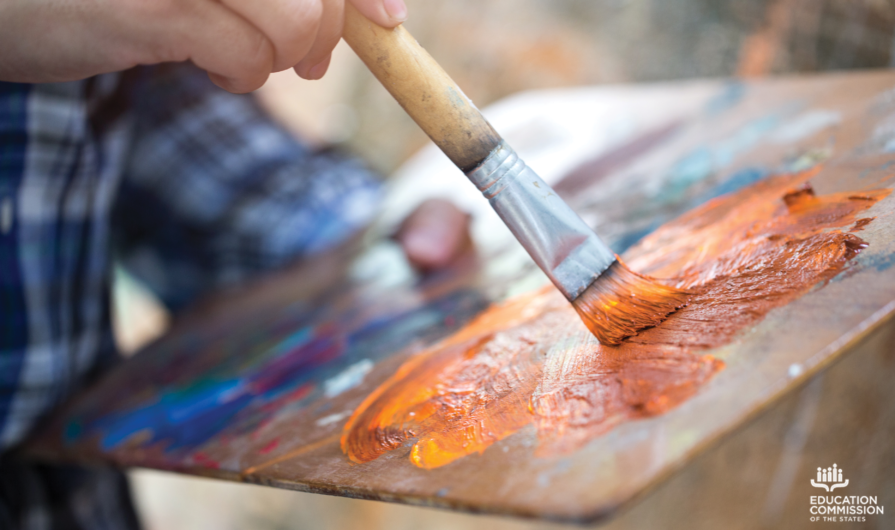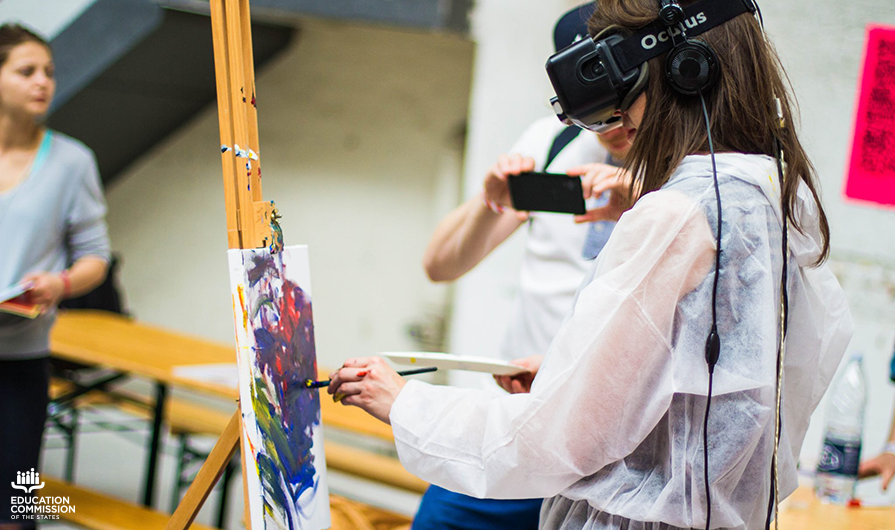On a given day 43,580 youths are held in residential placement facilities ― including any public or private out-of-home youth placement facility. Of the youths in residential placement, 1 in 3 do not attend school, and 1 in 2 participate in less than six hours of educational instruction a day. In addition, studies show that incarcerated youth experience educational barriers before they enter into the correctional system. Arts engagement, such as Creative Youth Development programming, may assist in narrowing the achievement gap and increasing equitable educational opportunities for justice-impacted youth.
This year, the Arts Education Partnership announced the addition of juvenile justice as a new focus area to its existing scope of work. Through increased funding support from the National Endowment for the Arts and the U.S. Department of Education, AEP will report on opportunities for the arts in juvenile justice at the community, state and federal levels. This new work will analyze existing research, policies, practices and programs; identify potential information gaps; and provide policy considerations related to the arts in education within this focus area.
Participating in the arts can have positive academic and personal effects for students. Arts engagement can help support present and future outcomes and success for youths, including increased civic engagement, pursuit of high school graduation and interest in college enrollment. Positive outcomes can occur both in and out of school, with findings showing decreased delinquent behavior and increased impacts for historically underserved students.
Nationally, the landscape for this work has expanded, including the work of the Create Justice initiative, Creative Youth Development National Partnership and the Shakespeare in American Communities program. Over the next year, AEP will join its partner organizations and other stakeholders in contributing to this conversation by sharing more about the role of the arts in youth justice reforms. To ensure that this work remains comprehensive and topical, AEP looks forward to incorporating input from stakeholders across the arts, juvenile justice and education fields.
Please consider this an invitation to share your ideas, questions, resources and programs related to the arts and system-impacted youth.
We hope to hear from you soon!










